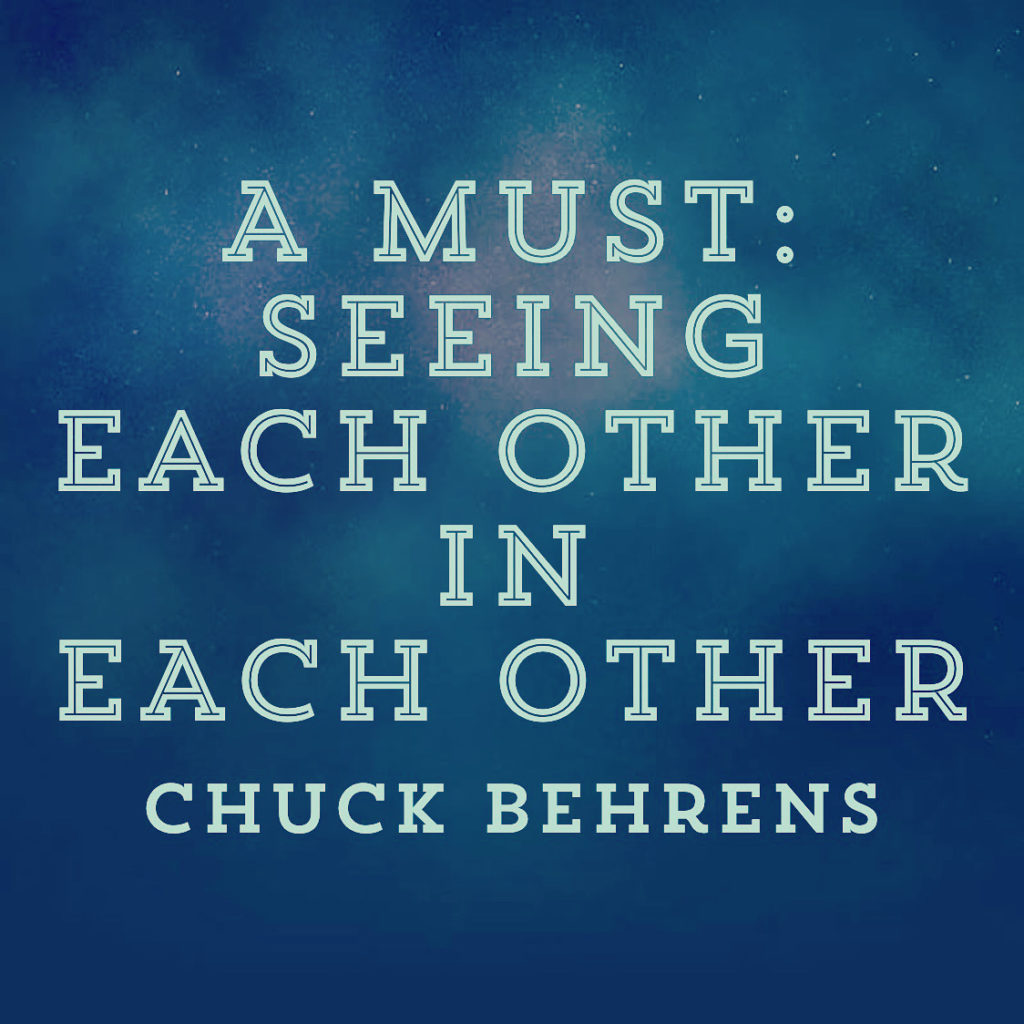Sometimes a song is much more than notes
and lyrics are much more than words. . .
Don’t cry snowman, not in front of me Who will catch your tears if you can’t catch me, darlin’? If you can’t catch me, darlin’? Don’t cry, snowman, don’t leave me this way A puddle of water can’t hold me close, baby Can’t hold me close, baby
I want you to know that I’m never leaving Cause I’m Mrs. Snow, ’till death we’ll be freezing Yeah, you are my home, my home for all seasons So come on let’s go Let’s go below zero and hide from the sun I’ll love you forever where we’ll have some fun Yes, let’s hit the North Pole and live happily Please don’t cry no tears now, it’s Christmas baby
My snowman and me My snowman and me Baby
Don’t cry, snowman, don’t you fear the sun Who’ll carry me without legs to run, honey? Without legs to run, honey? Don’t cry, snowman, don’t you shed a tear Who’ll hear my secrets if you don’t have ears, baby? If you don’t have ears, baby?
I want you to know that I’m never leaving ‘Cause I’m Mrs. Snow, ’till death we’ll be freezing Yeah, you are my home, my home for all seasons So come on let’s go Let’s go below zero and hide from the sun I’ll love you forever where we’ll have some fun Yes, let’s hit the North Pole and live happily Please don’t cry no tears now, it’s Christmas baby
My snowman and me My snowman and me Baby
Notes: I don’t own anything. All credits goes to Sia and the company Cineplex which created this animation. Please support Sia. 🙂 Don’t forget to check them: http://www.cineplex.com/ http://www.youtube.com/siavevo/
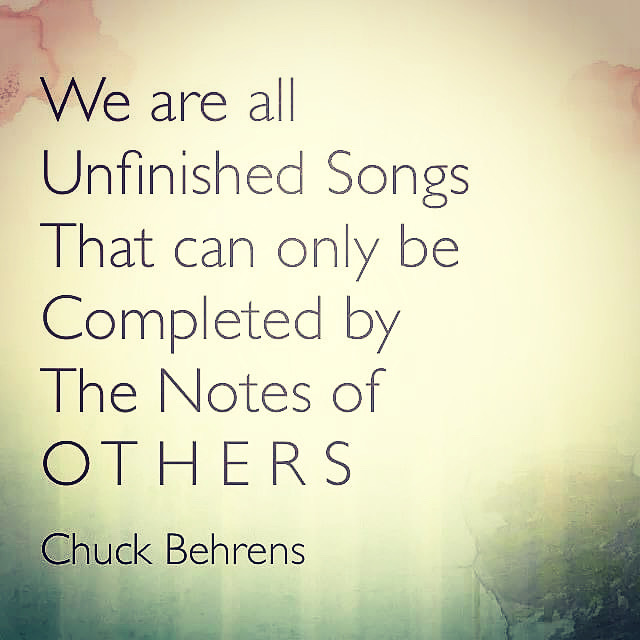
Sometimes a song is much more than notes
and lyrics are much more than words. . .
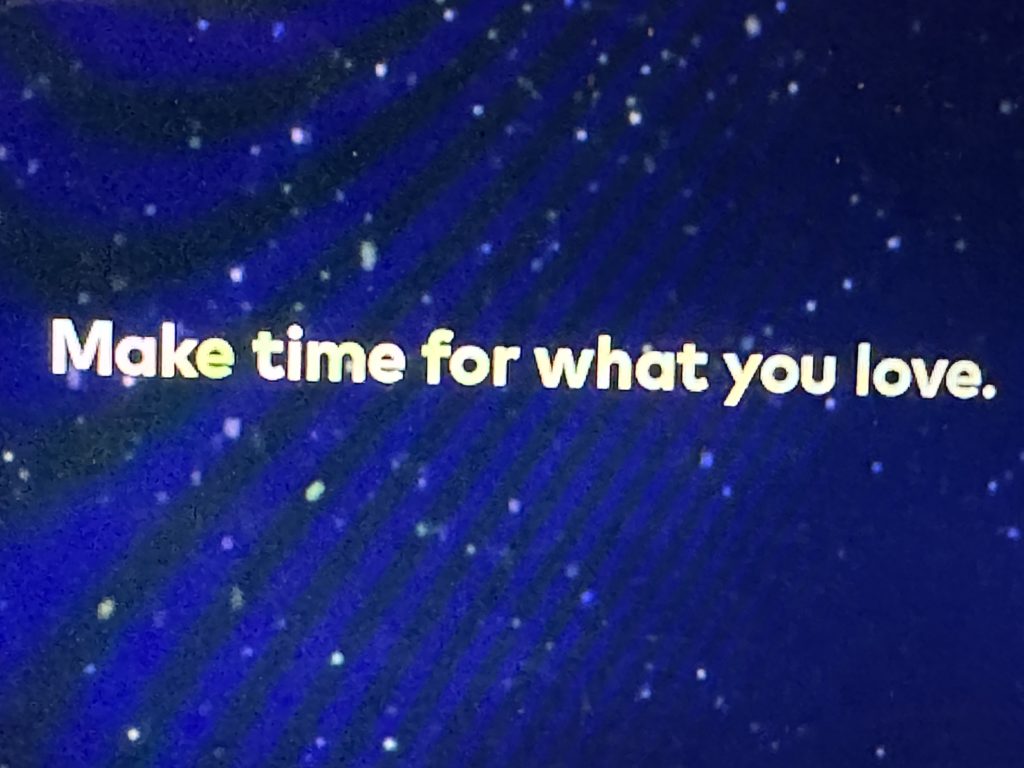
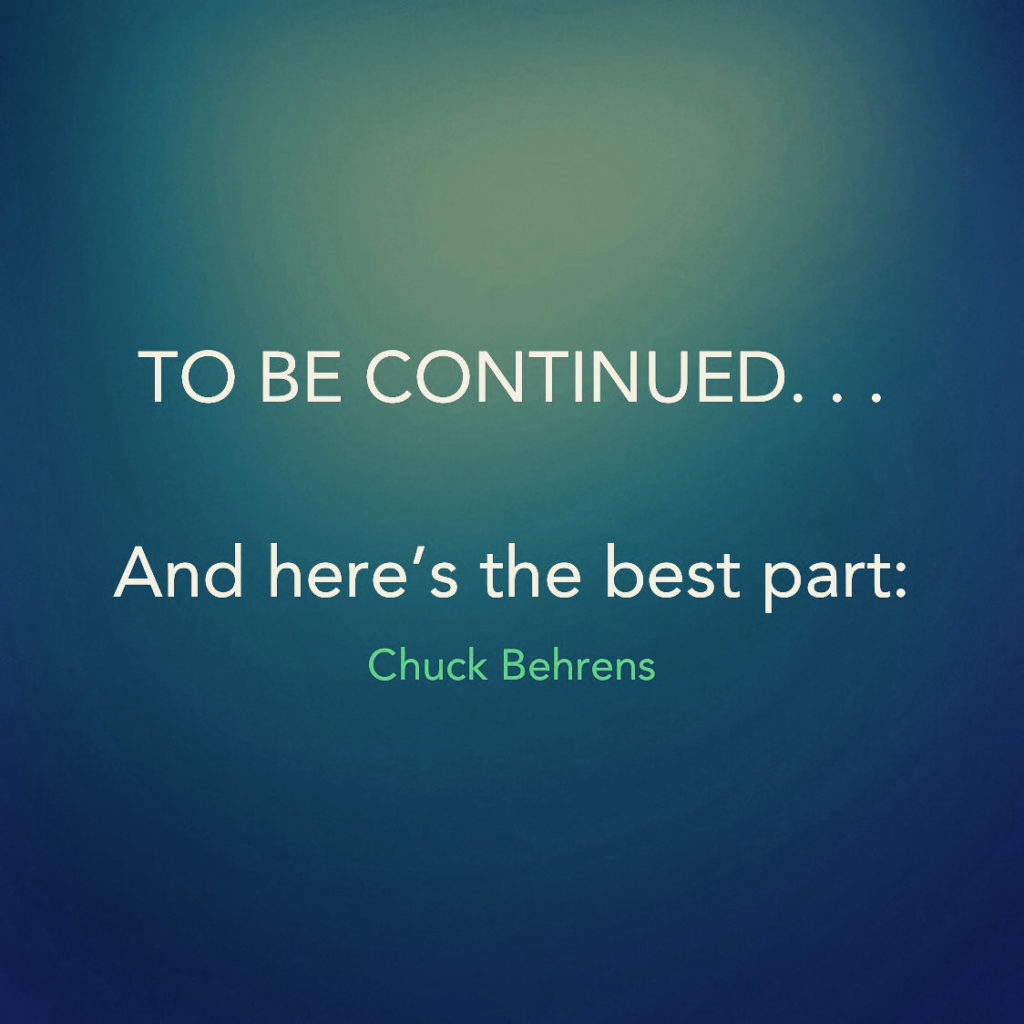

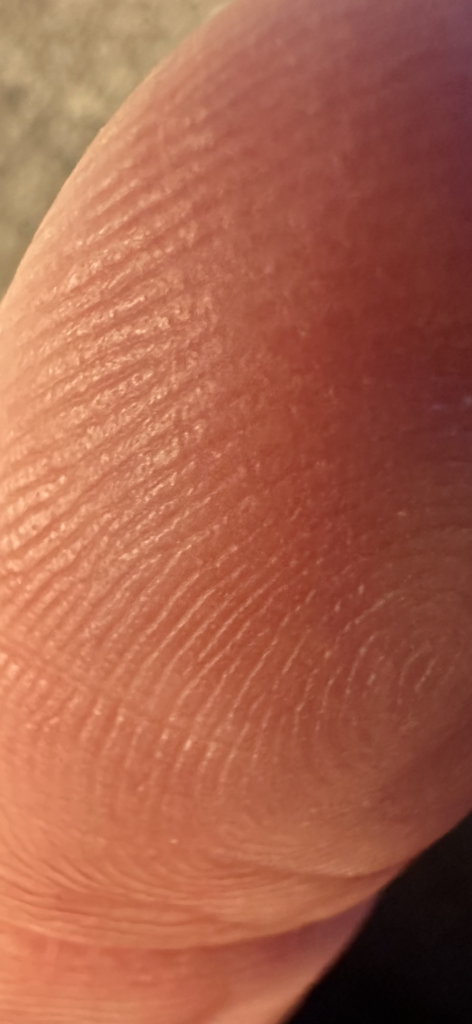

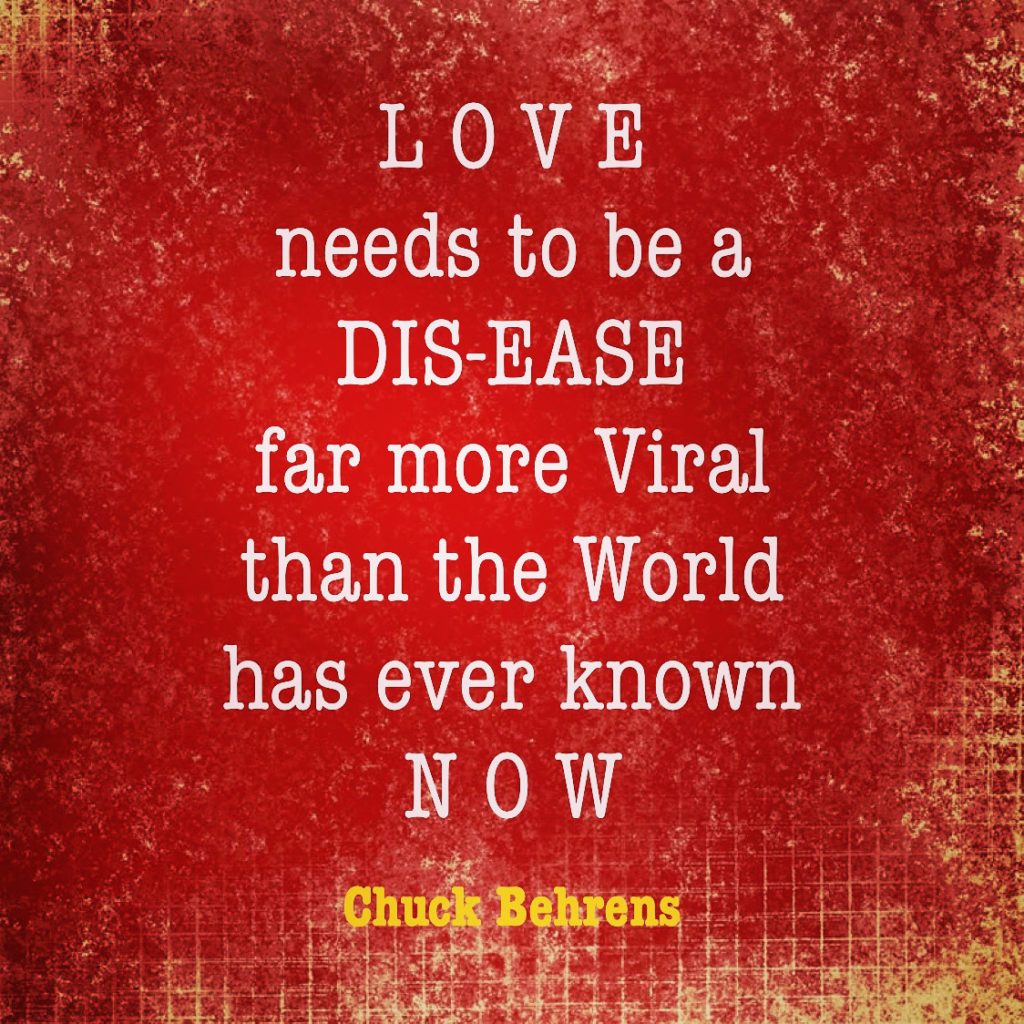


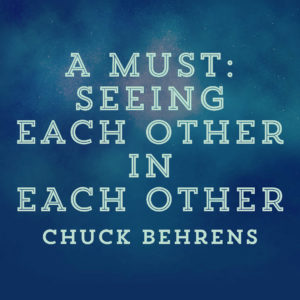

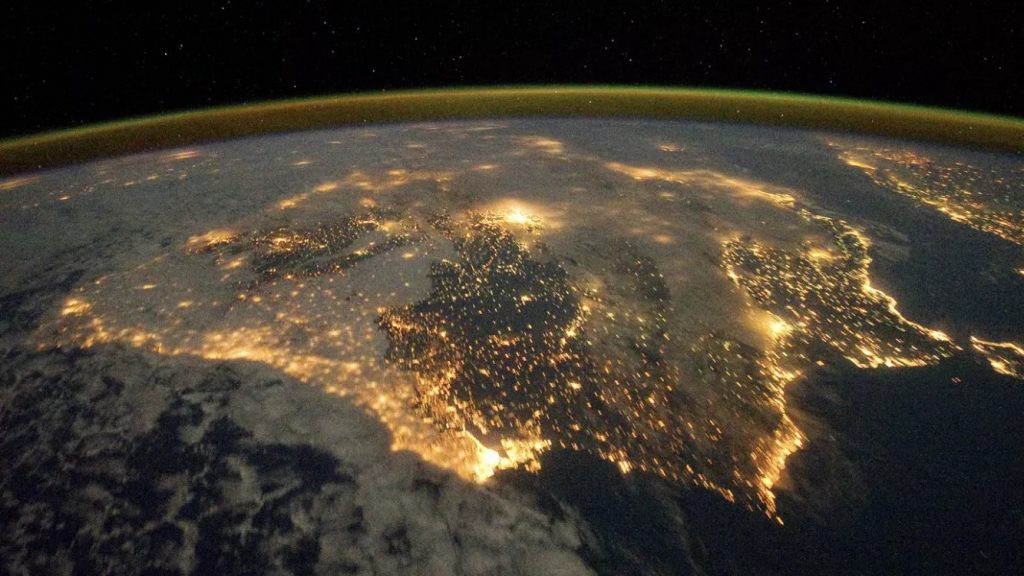

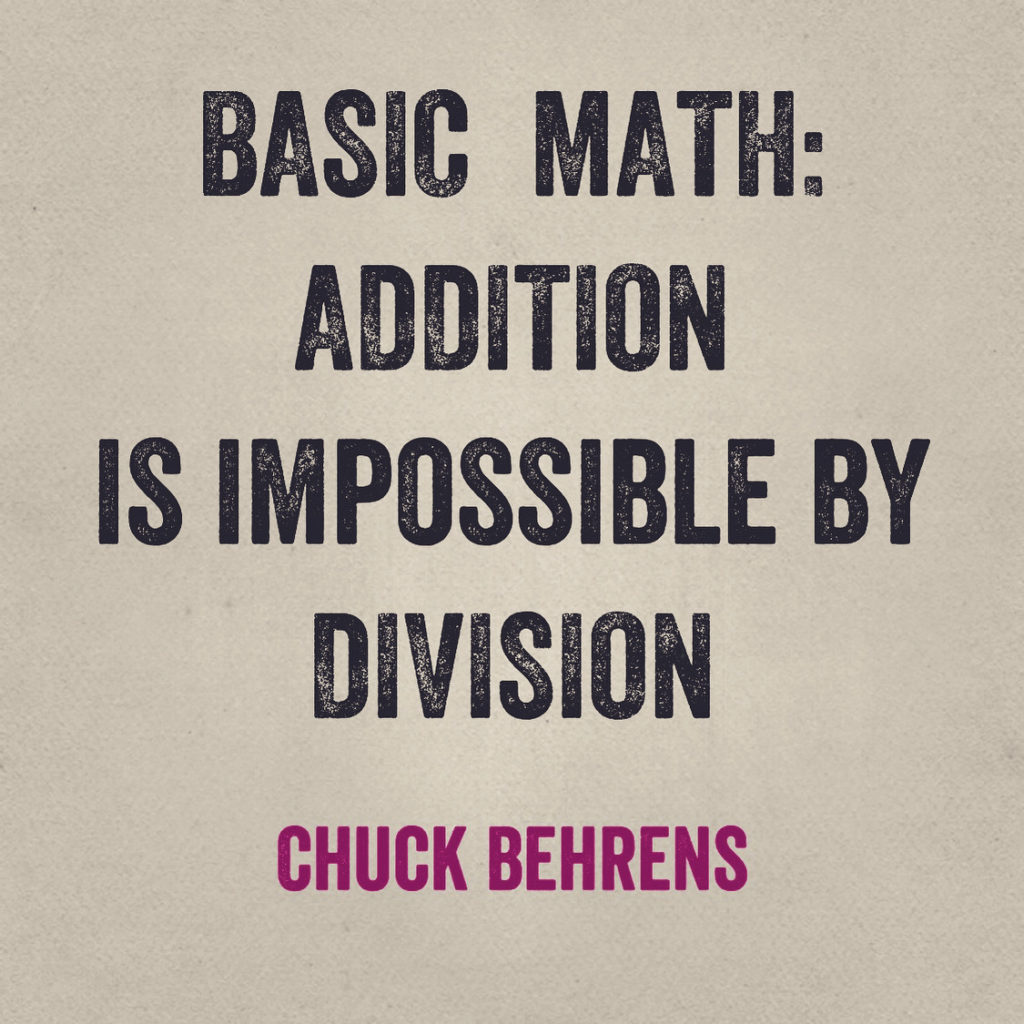
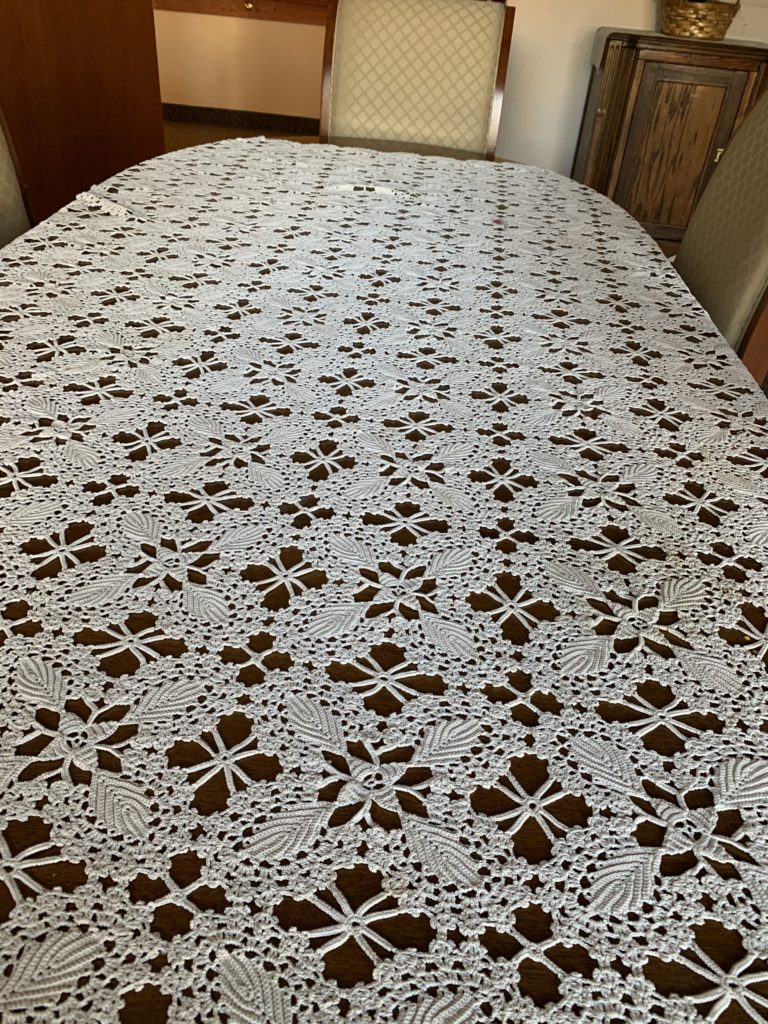

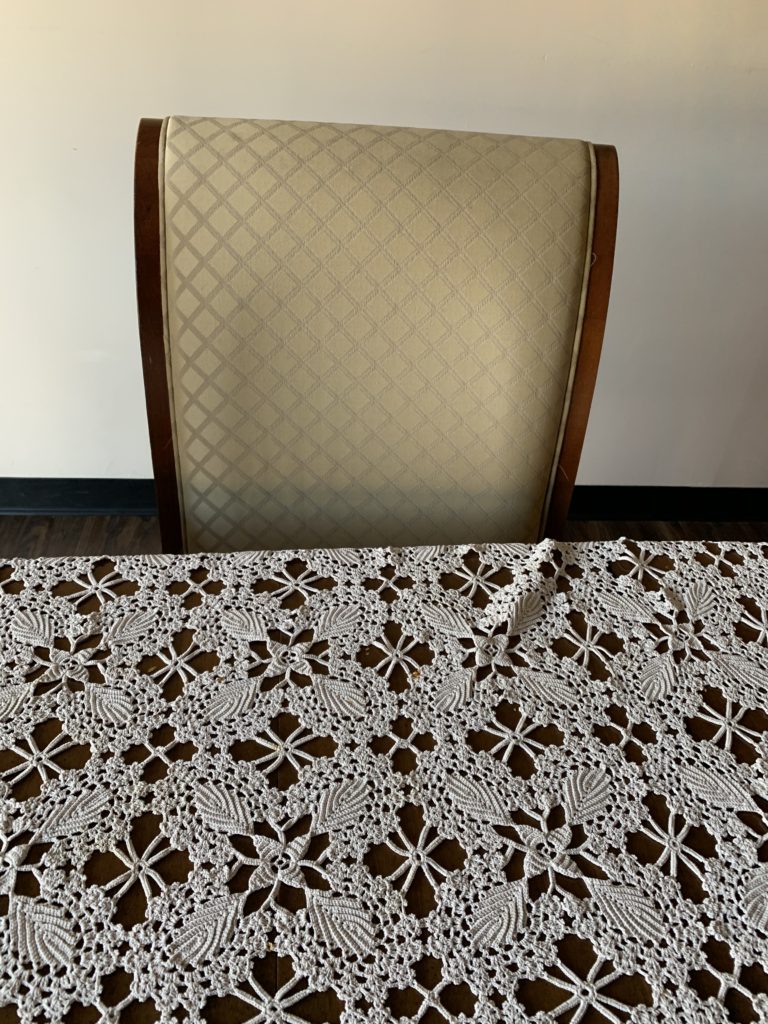
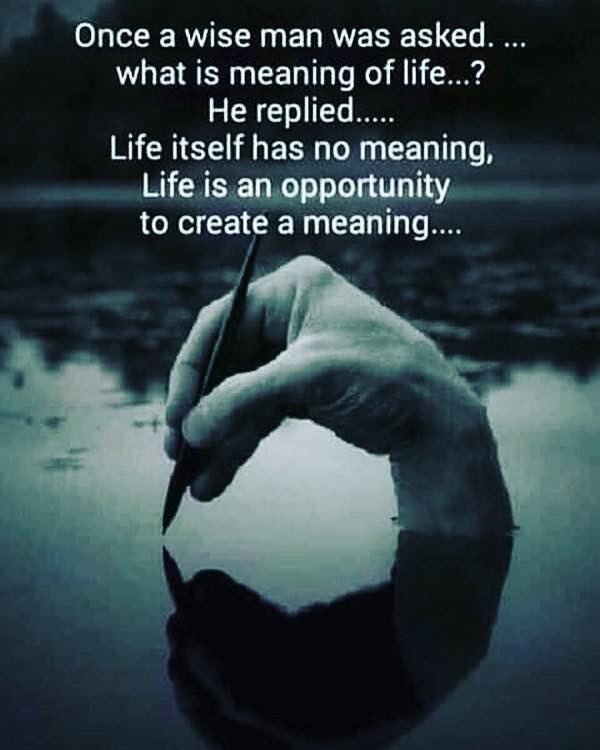

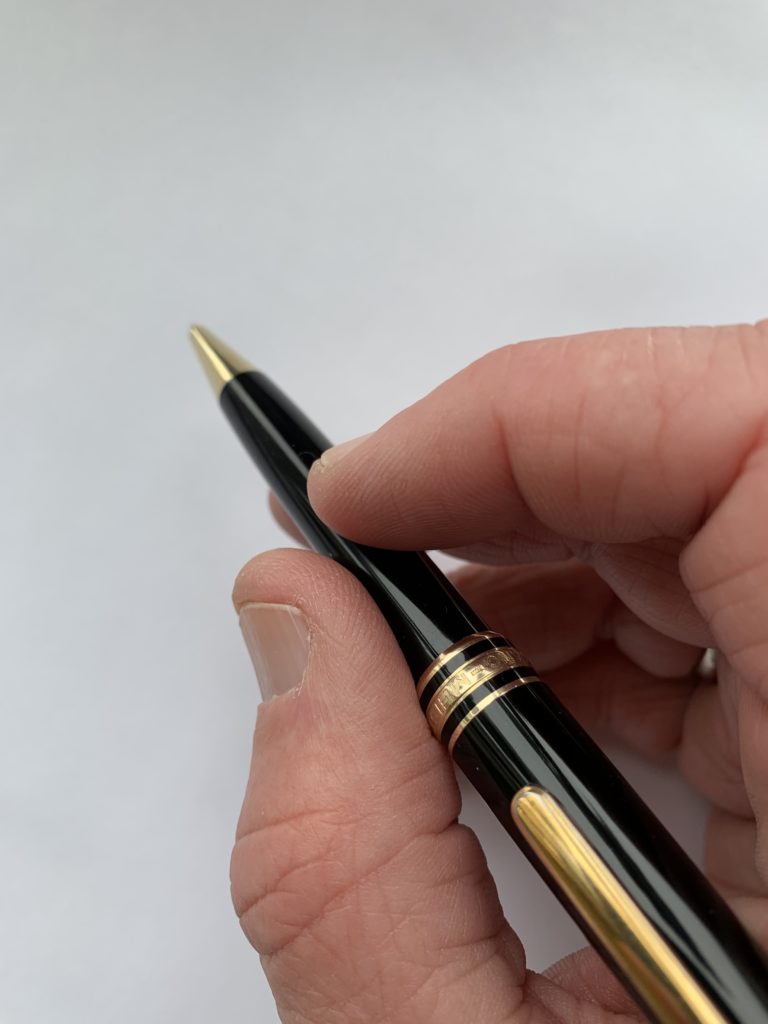
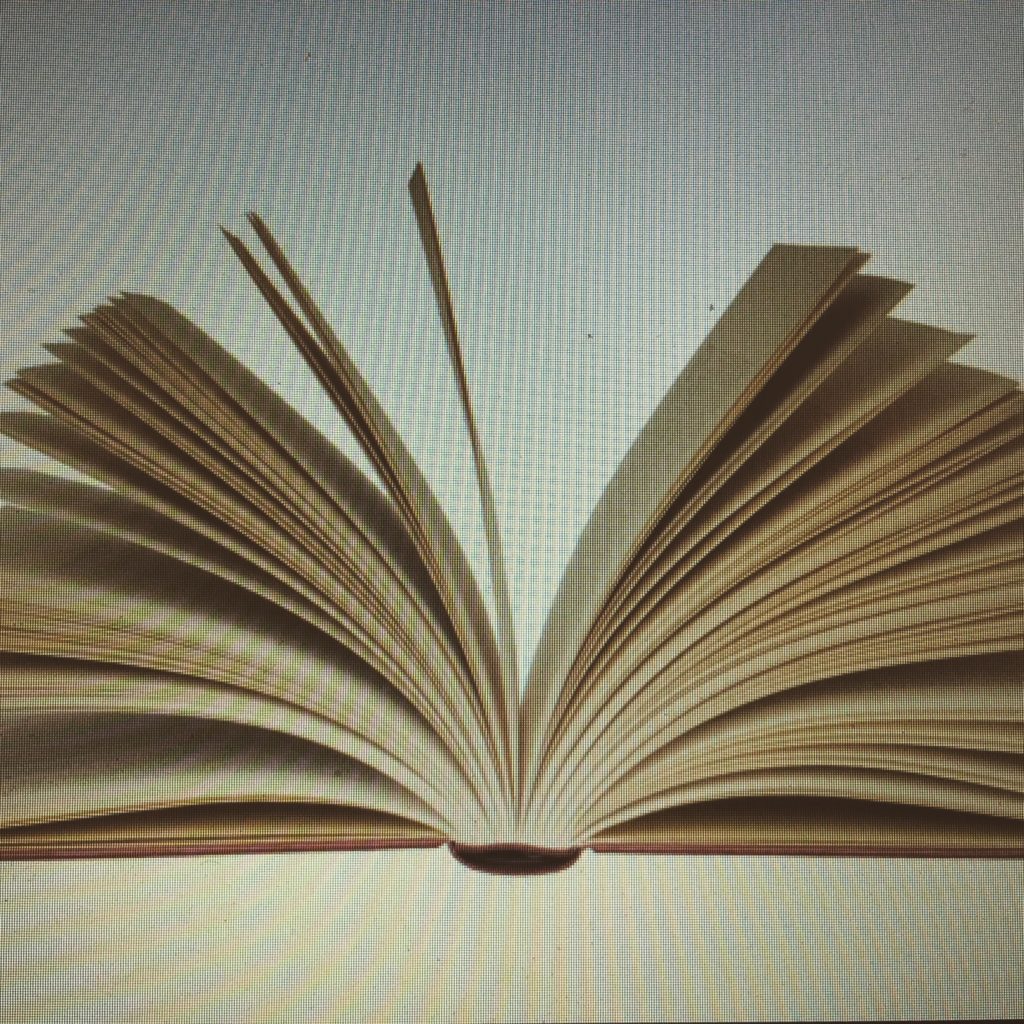

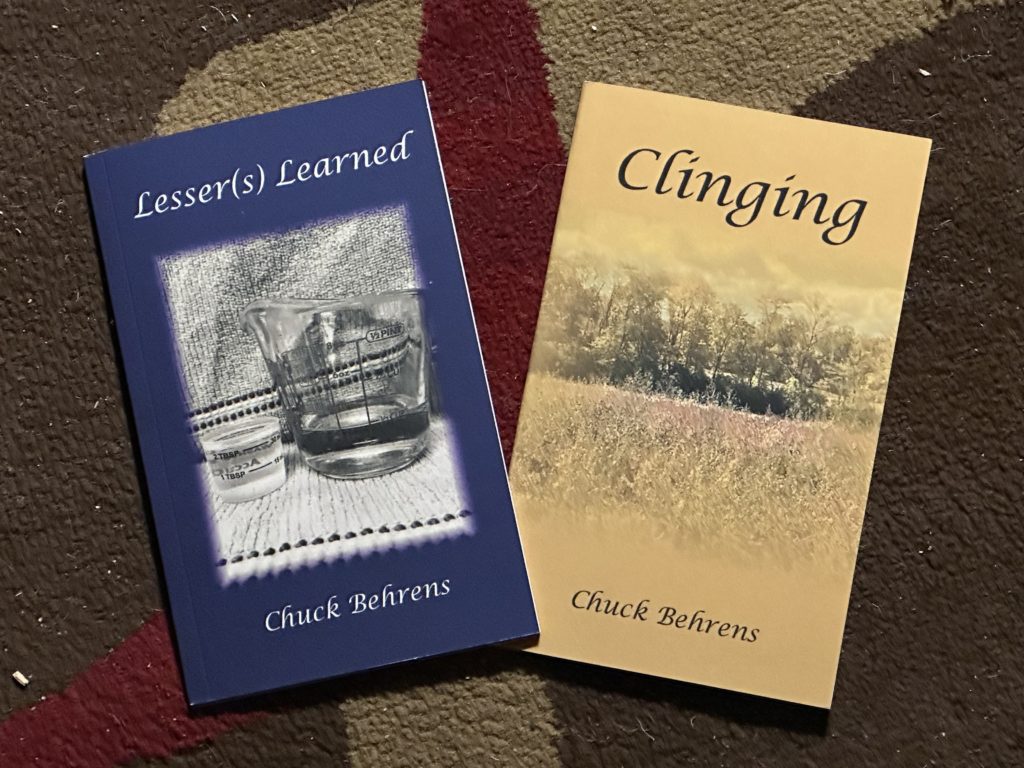
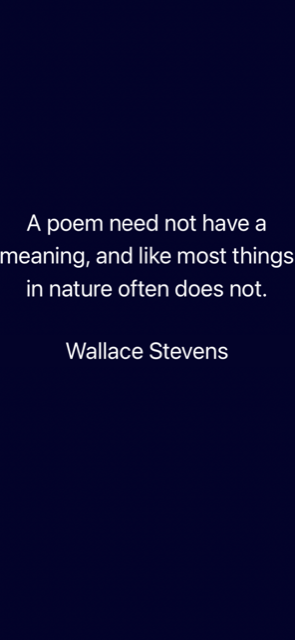
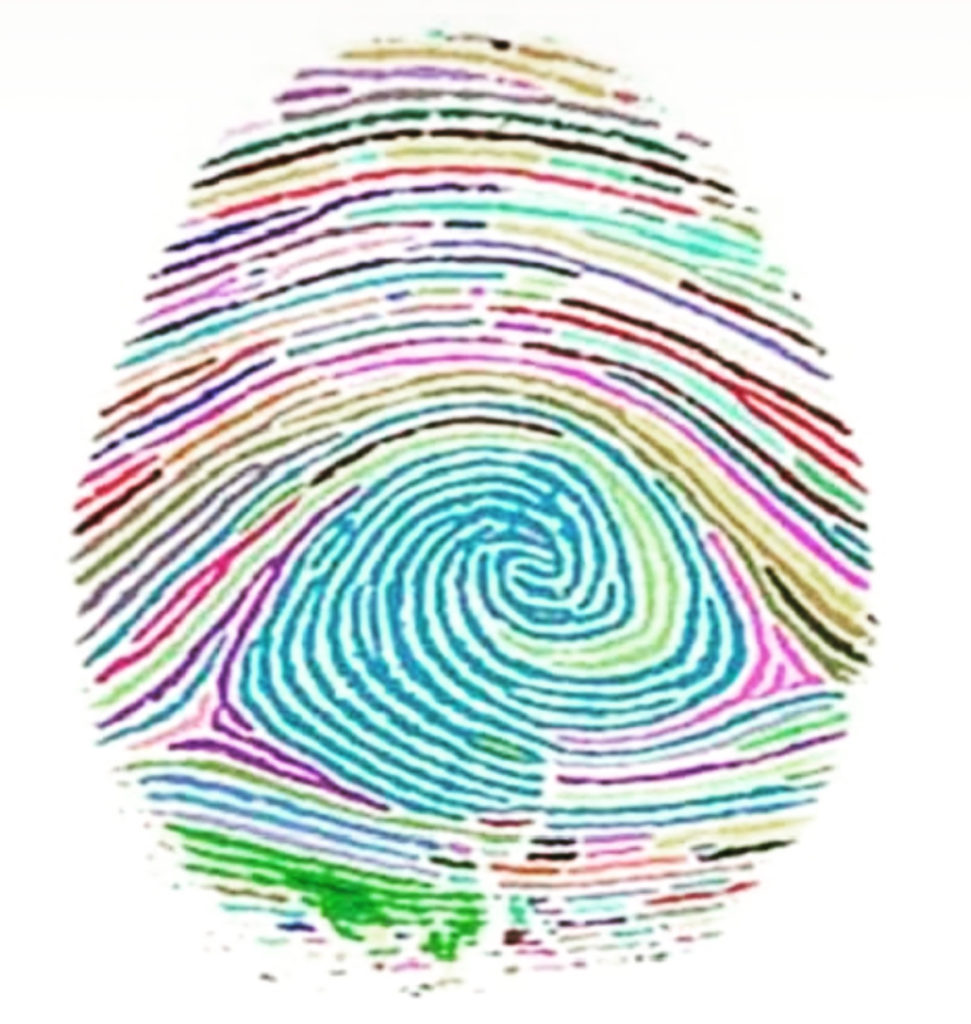
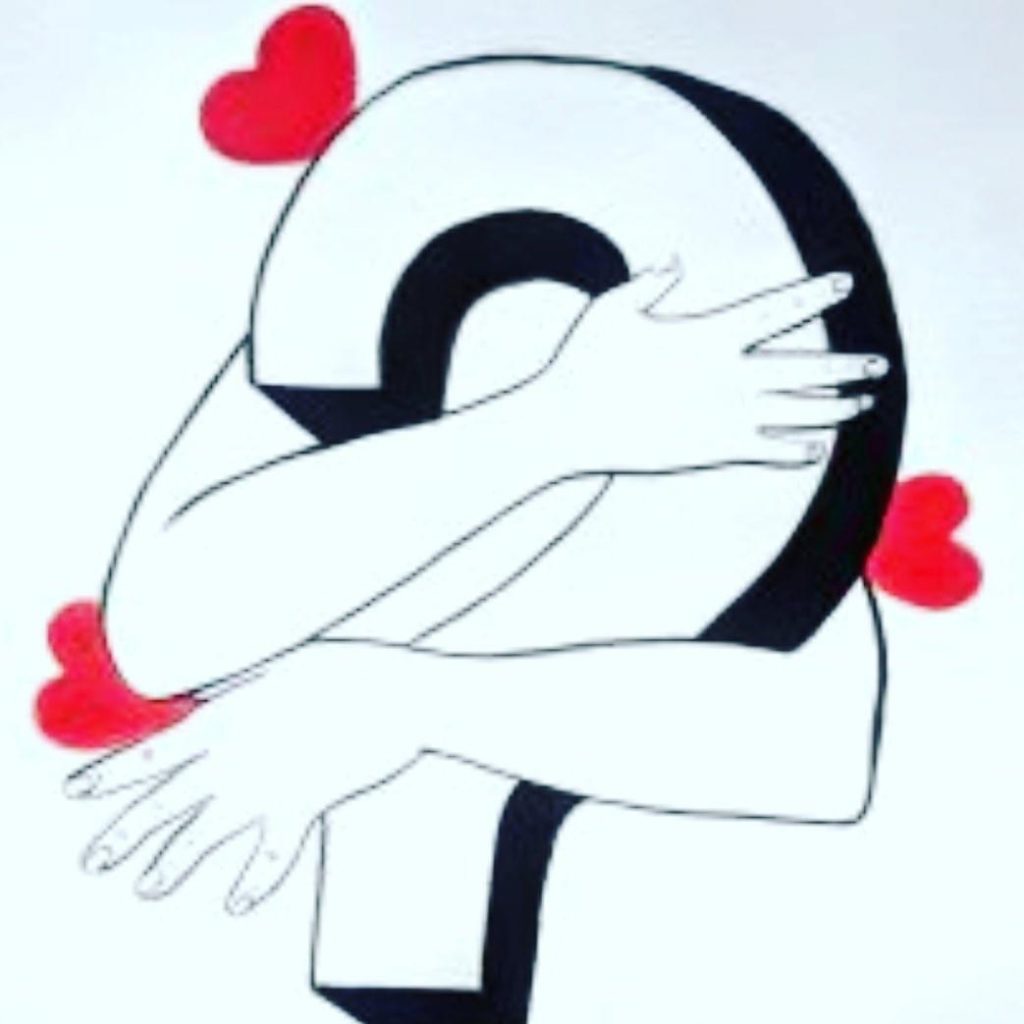
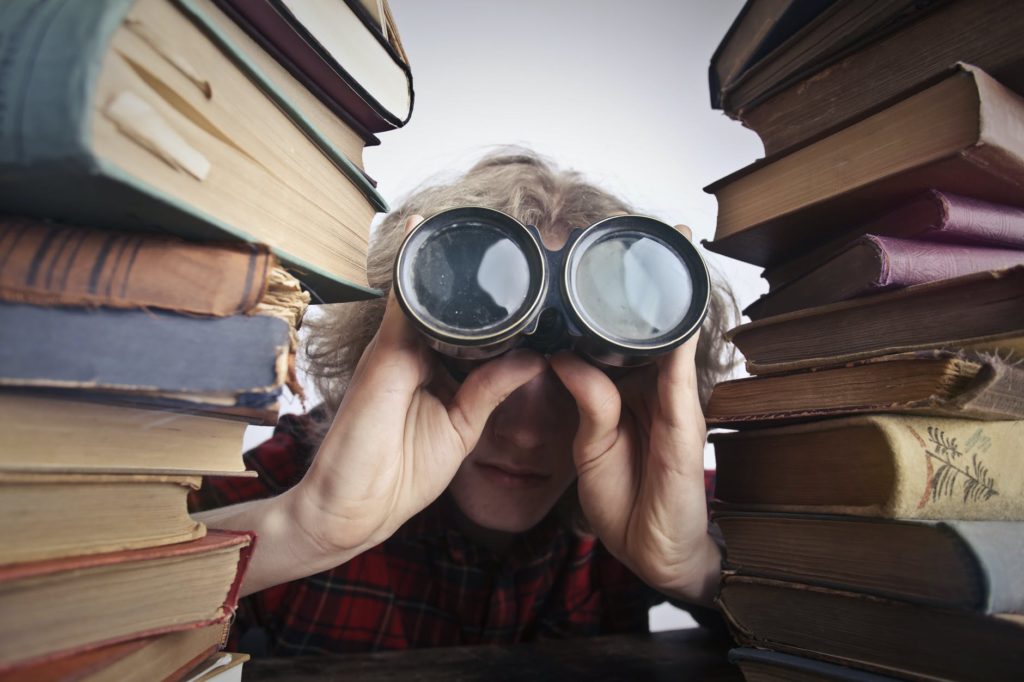
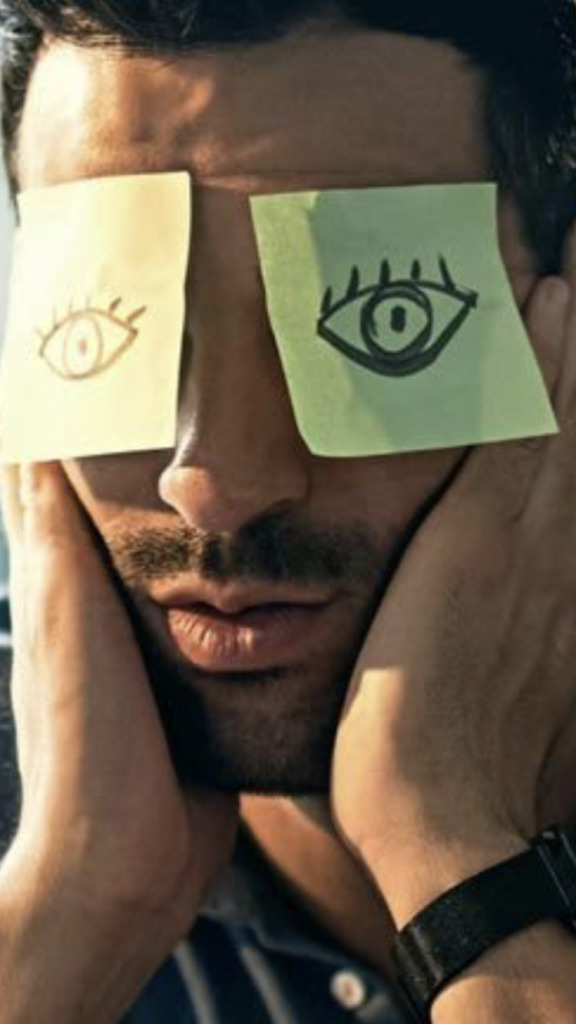 Hmmmmmmmmmmmmmmmmmmmmmm
Hmmmmmmmmmmmmmmmmmmmmmm